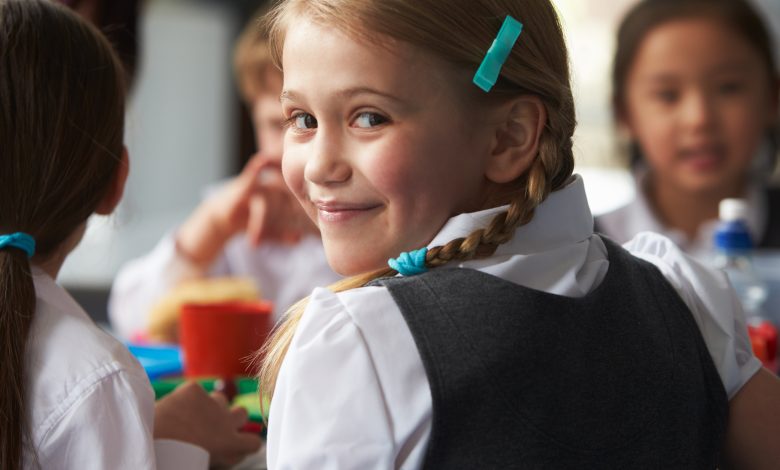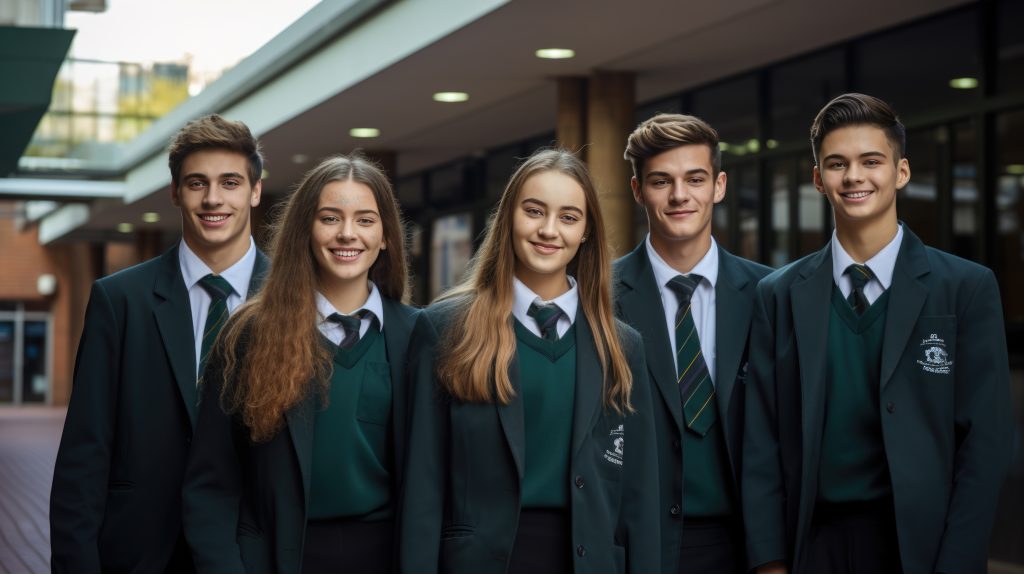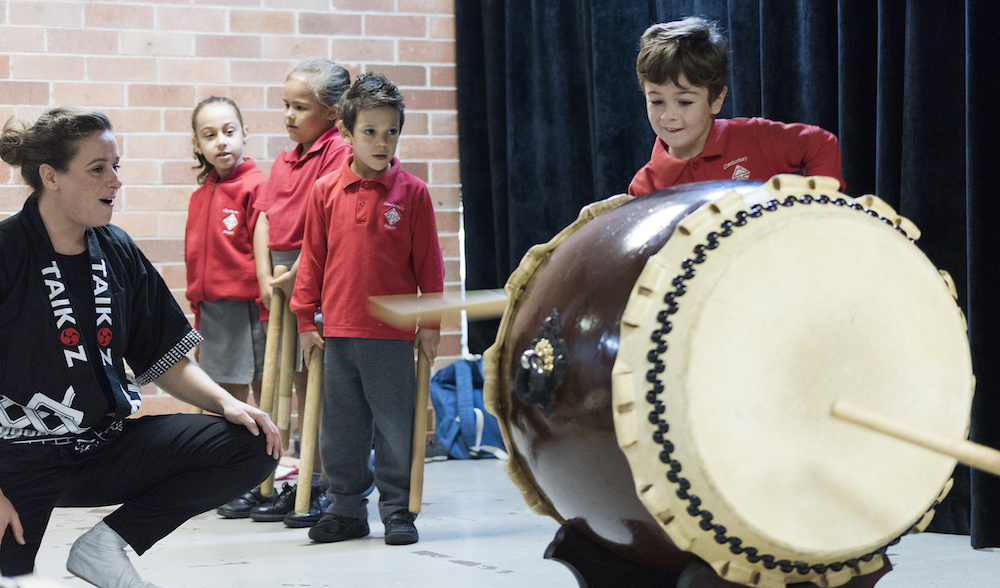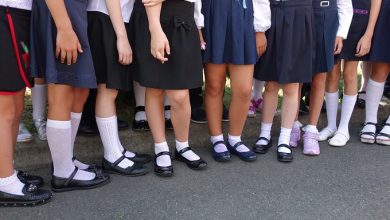
ISA Chief Executive Officer Graham Catt said educators and families were profoundly disappointed at recent media coverage, featuring a state government and the Australian Education Union misrepresentation of school funding arrangements.
Read the latest print edition of School News HERE
These reports maligned the 120,000 educators in Independent schools, and showed a lack of sensitivity towards parents who make sacrifices, as every parent deserves the right to choose the school and outcome they believe is best for their child and family, regardless of sector.
“Those parents make a huge contribution to the cost of their child’s education, and to the education system as a whole,” Mr Catt said. “Independent schools rely on parents for funding, with more than half of Independent schools’ recurrent income coming from private sources, although the proportions vary between schools.
“School funding is complex,” Mr Catt said. “All stakeholders have an obligation to help teachers, parents and the public understand how the Australian education system is funded.
“There is no benefit to anyone in misrepresentations of the true funding situation with absurd claims, such as the latest that ‘private schools get four times the funding of public schools’ as one NSW media outlet reported yesterday.”

Misleading comparisons between school sectors are often made using only the amount of Federal Government funding they receive. School funding operates under a shared-responsibility model, and the Australian Government is the majority funder of non-government schools, and state and territory governments are the majority funders of government schools.
“The only meaningful way to compare funding between school sectors is to compare combined Commonwealth and state/territory funding,” Mr Catt said. “In 2022, Independent schools received an average of $12,160 per student in total government annual recurrent funding compared to an average of $22,510 for a student in a government school.”
The School Resourcing Standard funding model will always give state government schools more total government funding per student than non-government schools because only non-government schools have their funding reduced according to parents’ income; this reduction does not happen for government schools.
“It is true that public schools are underfunded, but not by the federal government, or because of non-government schools,” Mr Catt said. “Most state and territory governments haven’t paid their share of funding under the SRS model for many years.
“Governments are currently negotiating to make sure every school and every student is fully and fairly funded,” Mr Catt said. “They have our full support.
“Public misrepresentations of the true funding situation is disappointing at a time when we are all supposed to be focused on a Better and Fairer Education System.”
ISA’s national Snapshot released this week shows there were 716,848 students at 1216 Independent schools around the country.
The sector now employs 19.6 percent of the nation’s teachers, with a lower student-to-teacher ratio (11.8 to 1) than the other two sectors – Catholic (13.4 to 1) and Government (13.4 to 1).
As of 2023, 70 percent, or 837 Independent schools, were already receiving their funding entitlement of 80 per cent of their School Resourcing Standard from the Australian Government. There were 379 Independent schools still above 80 per cent, and 44 of these schools are funded at less than 81 per cent. These schools will transition to 80 per cent by 2029.







